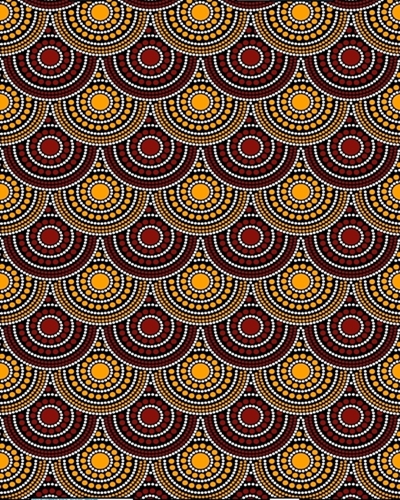The keffiyeh, also known as the kufiya, shemagh, ghutra, hatta, or mashadah, is a traditional Middle Eastern headdress that has gained international recognition due to its distinctive pattern and its role in political symbolism.
History of Keffiyeh Scarf –
The history of the keffiyeh dates back to the early civilizations of the Middle East, where it served as protection from harsh weather conditions. It was originally worn by farmers, shepherds, and nomads in the Arabian Peninsula, who used it to shield their heads and faces from the sun and sand. The keffiyeh’s design is not just decorative; it is also functional. The unique weave of the fabric makes it breathable, allowing for the circulation of air and the dissipation of heat. This makes it ideal for the hot and dry climate of the Middle East.
The keffiyeh gained political significance in the 20th century, becoming a symbol of Palestinian nationalism during the Arab revolt in the 1930s. Yasser Arafat, the late Palestinian leader, is perhaps the most well-known figure associated with the keffiyeh. He wore it in a distinctive style, draped over his shoulder, which later became a symbol of Palestinian resistance.
In the 21st century, the keffiyeh scarf has also become a fashion accessory in Western countries, often worn as a scarf around the neck. However, its use in fashion has sparked controversy and discussions about cultural appropriation. Regardless of its political connotations, the keffiyeh remains an essential part of Middle Eastern culture and heritage. It is a symbol of the region’s history and identity and continues to be worn by people across the Middle East for both practical and symbolic reasons.
The history of the keffiyeh is a testament to its versatility and resilience. From its origins as a simple piece of clothing designed to protect against harsh desert conditions, it has evolved and adapted to different contexts and uses, becoming a powerful symbol and a fashionable accessory.
It is a reminder of the rich and complex history of the Middle East and its influence on global culture.African Fabric Supplier in Rajkot, Gujarat provides best fabric like Ankara, Kente, Khanga, Kaftan & Dashiki etc. at best price.




